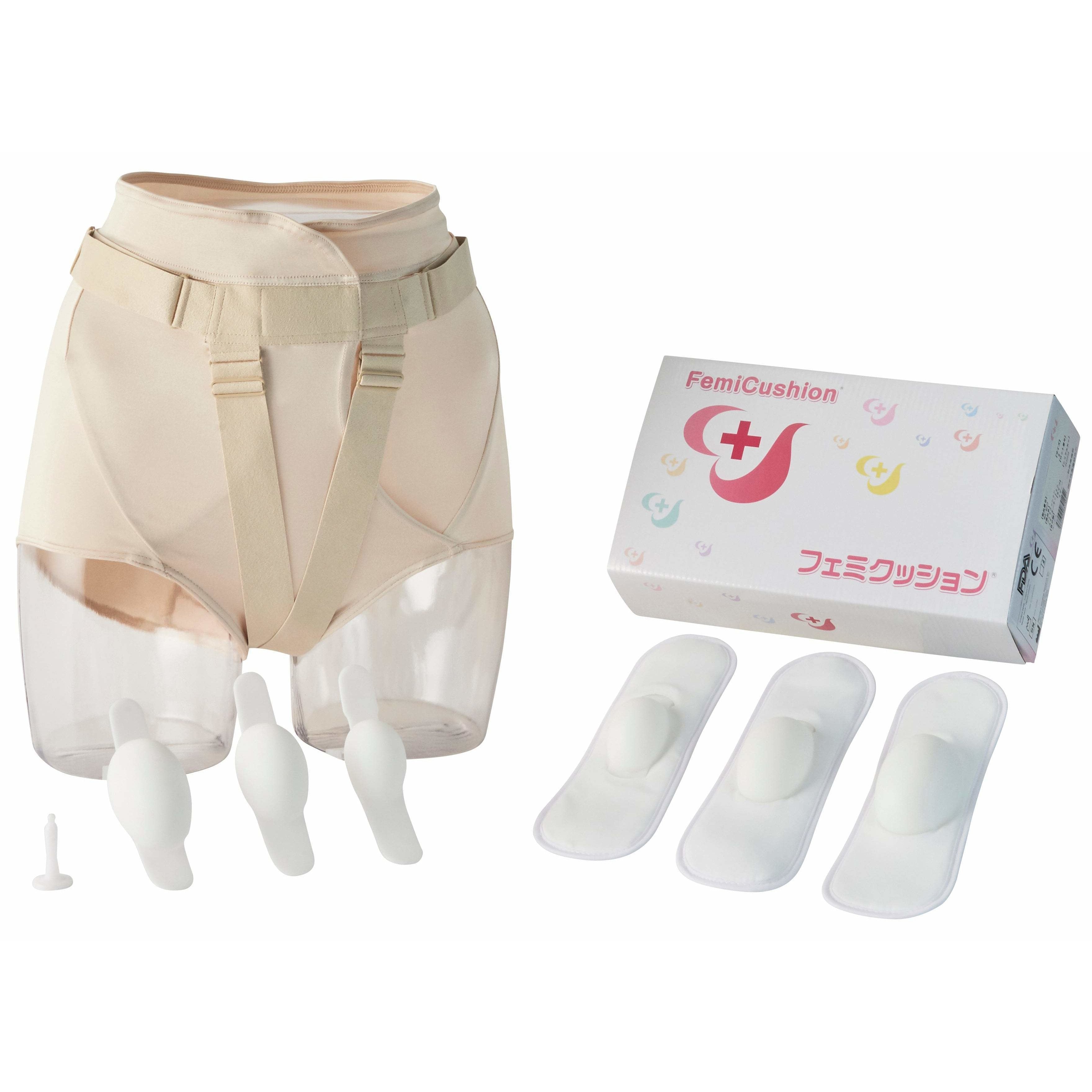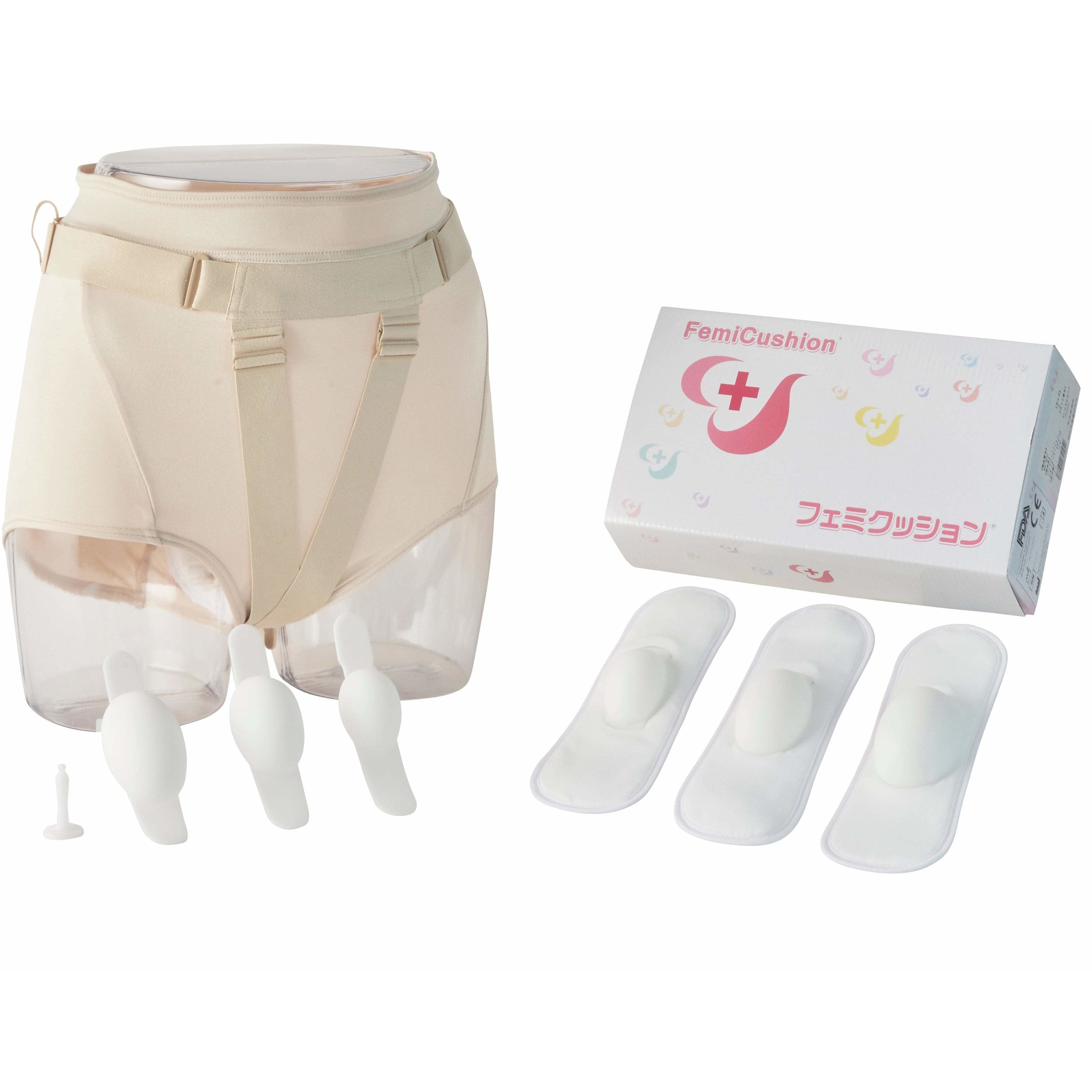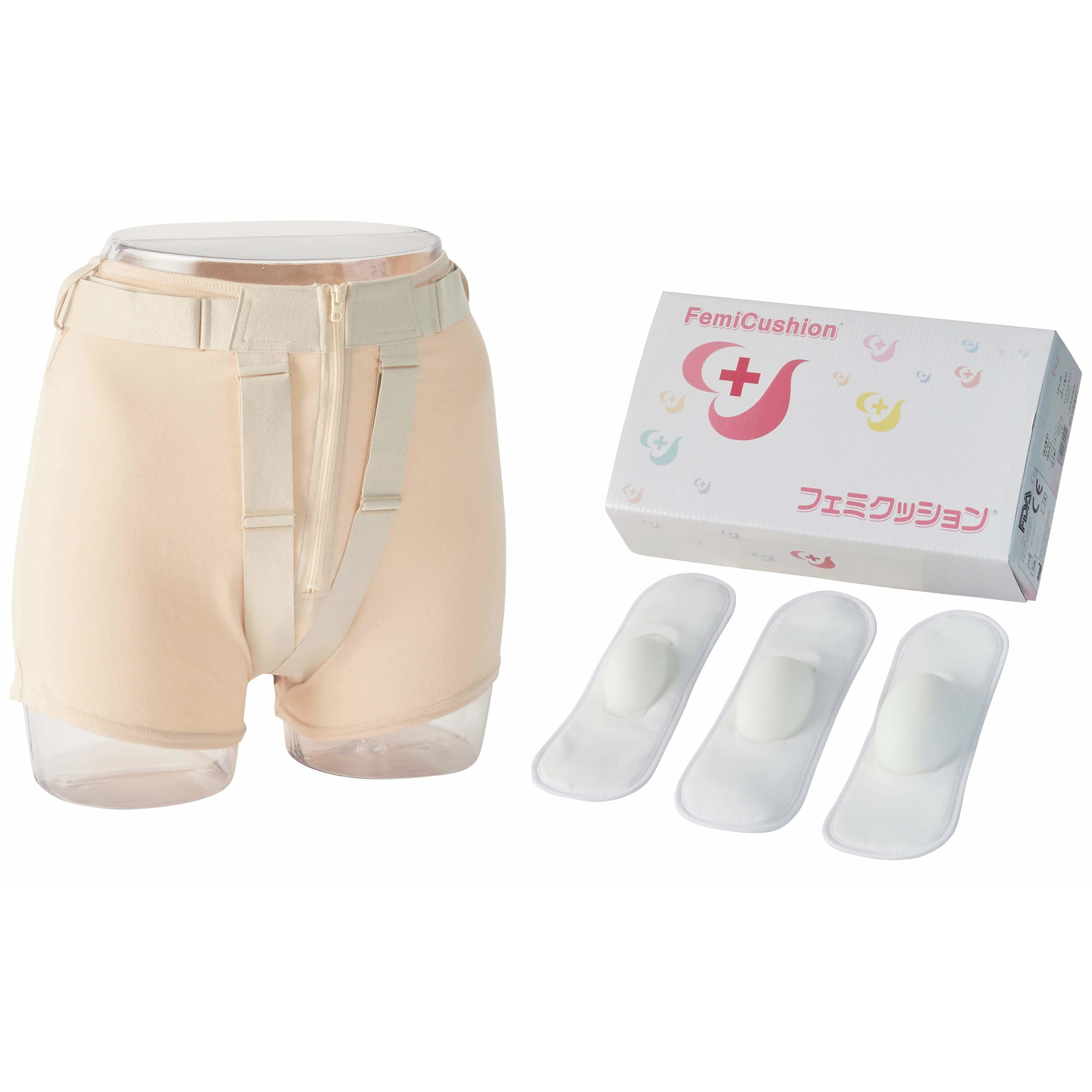Causes of Pelvic Organ Prolapse (POP)
Table of Contents

Pelvic organ prolapse (POP) is a type of pelvic floor disorder that affects women around the world. Women are diagnosed with pelvic organ prolapse when the muscles, tissues, and ligaments in the pelvis are weakened and can no longer support the pelvic organs in their healthy position. This will cause organs like the uterus, bladder, vagina, and rectum to prolapse, or drop toward the vaginal opening, which causes pain and discomfort. Pelvic organ prolapse is much more common than you may think, so let's look at some of the causes of POP.
Vaginal Childbirth
Many women who gave birth vaginally suffer from some degree of pelvic organ prolapse. Vaginal childbirth puts a lot of strain on the pelvic floor and causes it to stretch and weaken. This is especially true if the birth was a long and difficult one, or if the baby is larger in size. Studies also show that having multiple vaginal deliveries increases the risks of developing pelvic organ prolapse. However, women who never went through pregnancy or those who delivered a baby via cesarean can develop pelvic organ prolapse as well.
Aging
Unfortunately, as we age we are more prone to pelvic floor disorders. Pelvic floor disorders are more common in older women than in younger women. According to a study on the prevalence of symptomatic pelvic floor disorders in US women, about 37% of women with POP are 60 to 70 years old, and about 50% of women with POP are 80 years and older.
Menopause
Menopause describes the decline in reproductive hormones, usually when a woman is in her 40s or 50s. During menopause, women go through hormone changes like the loss of estrogen, the female reproductive hormone. The lack of estrogen causes thinning of the vagina. This weakens the structures and tissues that support pelvic organs, which can cause the organs to drop.
Prolonged Abdominal Pressure
Pressure to the abdomen for long periods of time puts women at a higher risk for pelvic organ prolapse. This includes, chronic coughing, constipation, obesity, and heavy lifting.
Genetics
Research shows that genetics also play a part in pelvic organ prolapse. Some women have a predisposition to this condition.
Surgery
Women who've had surgery on their pelvic floor can develop pelvic organ prolapse. This is more common for women who have undergone a hysterectomy - the partial or complete removal of the uterus. Without the uterus, pelvic organs that rely on it to secure their position can begin to drop. Bladder prolapse is the most common type of POP that women suffer from post-hysterectomy. However, women who suffer from post-hysterectomy prolapse are also at greater risk for apical prolapse, such as vaginal vault prolapse. To learn more about POP after hysterectomy, click here.
Listed above are the most common causes of POP. Even though pelvic organ prolapse is not a life threatening condition, it is one that causes serious pain and can hinder everyday life. Today, there are different treatment options for pelvic organ prolapse, including surgery, pessary, or a non-invasive treatment like FemiCushion. It is best to research thoroughly to determine which treatment option is best for you.
References:
1. https://pubmed.ncbi.nlm.nih.gov/18799443/
2. https://www.fda.gov/medical-devices/urogynecologic-surgical-mesh-implants/pelvic-organ-prolapse-pop
3. https://www.womenshealth.gov/a-z-topics/pelvic-organ-prolapse#11
4. https://my.clevelandclinic.org/health/diseases/16030-uterine-prolapse
Disclaimer: The information on this site is not intended or implied to be a substitute for professional medical advice or diagnosis. All content, including text, graphics, images, and information, contained on or available through this website is for informational purposes only.
Supervising Doctor of This Article

Koichi Nagao, MD PhD
Professor, Department of Urology, Toho University Faculty of Medicine
Director of Urinary tract reconstruction center, Toho University Omori Medical Center
Director of Reproduction Center, Toho University Omori Medical Center
Professor Nagao specializes in plastic surgery in the field of reproductive medicine. He completed eight years of plastic surgery training at Showa University before majoring in urology at Toho University. With his meticulous surgical techniques and careful examinations that combines urology and plastic surgery, Professor Nagao became a Board Certified Specialist with multiple associations including the Japanese Urological Association, the Japan Society for Reproductive Medicine, and the Japanese Society for Sexual Medicine.
The suggested Products

FemiCushion EasyOpen Deluxe Kit
$299.99

FemiCushion Standard Deluxe Kit
$299.99

FemiCushion Lite Kit
$249.99




